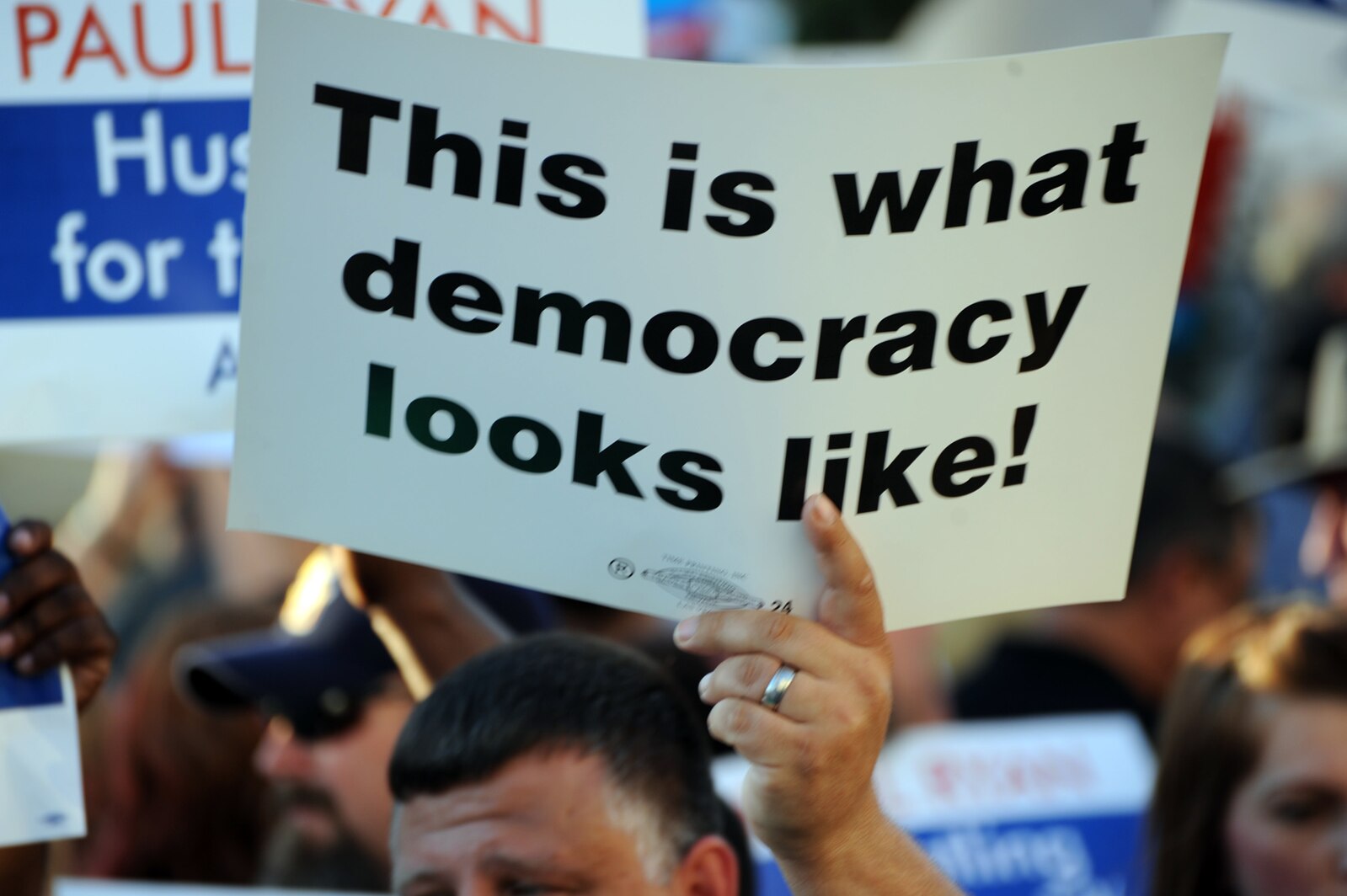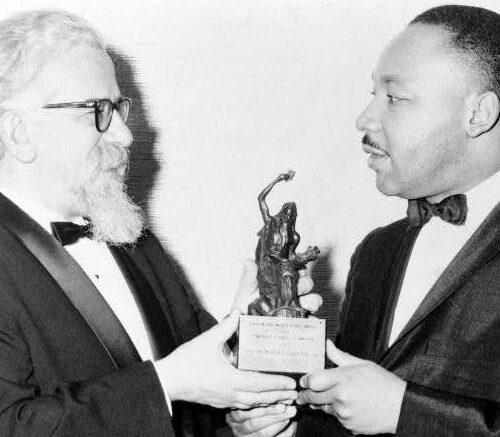Lessons
Antisemitism: A Threat to a Pluralistic American Democracy

State standards
Results
Length: 60-120 minutes | Grades: 6-12 | Themes: antisemitism, democratic values
Lesson Overview
A strong pluralistic democratic society relies on the ongoing commitment of individuals to uphold and expand rights and freedoms across lines of race, religion, ethnicity, and more. Antisemitism threatens this foundation, not only by undermining the safety and legal equality of Jewish people, but by spreading conspiracy theories that distort truth and weaken demoratic discourse. Because it targets both individuals and the shared values of an inclusive society, confronting antisemitism is a vital form of civic engagement that helps protect the rights of all.
In this lesson, students will discuss the nature of democracy and pluralism, exploring how antisemitism can hinder progress toward expanded rights for historically marginalized communities in the United States. They will use inductive reasoning to connect antisemitism with threats to democratic society before and develop strategies for constructively defending democratic values.
Enduring Understanding
Pluralistic democracy is neither guaranteed nor stable but requires the continued vigilance and participation of people to uphold and expand.
Antisemitism is a form of conspiratorial thinking that jeopardizes the rights and protections of life in a pluralistic democracy for all people, not only Jewish people.
Essential Questions
What is a pluralistic democracy? Why is this form of society desirable?
What is the relationship between antisemitism and the strength of a pluralistic democracy?
What can individuals and communities do to strengthen and expand the rights and protections of living in a pluralistic democracy?
Learning Objectives
Students will be able to craft and compare definitions of democracy, enumerating and identifying its various components.
Students will be able to practice inductive reasoning by articulating their own understanding of the relationship between antisemitism and pluralistic democracy.
Students will be able to collaboratively strategize on ways that they can strengthen and expand the rights and protections found in a pluralistic democracy.
Toolkit
-
Antisemitism and Pluralistic Democracy lesson plan
-
Antisemitism and Pluralistic Democracy slide deck
-
Antisemitism and Pluralistic Democracy handout
-
20 Lessons on Tyranny video
-
20 Lessons on Tyranny handout





